What is AI Art?
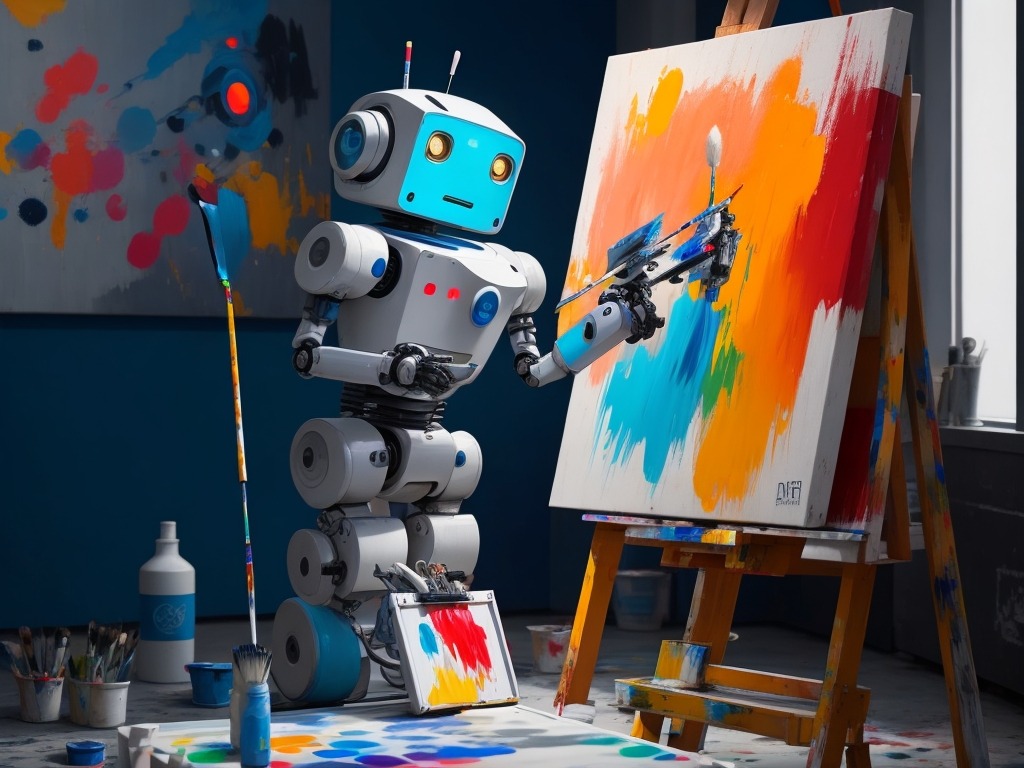
So, you read about it, see videos, and hear people talking about it everywhere, but what is AI Art? In this article, I invite you to get to know this new technology so that you don't feel lost anymore!
Art has always been around, helping us to express our imagination and inspire others, and along the way, technologies have very often played a role in creating new forms of it.
From the invention of carving tools to the creation of cameras. And now, in the age of computers, it is time for the "robots" to take their turn with AI tools.
Learn about its definition and purpose, how artists use it, the different types of AI art, some of the tools you can get started with, and much more!
1. So, What is Ai Art?
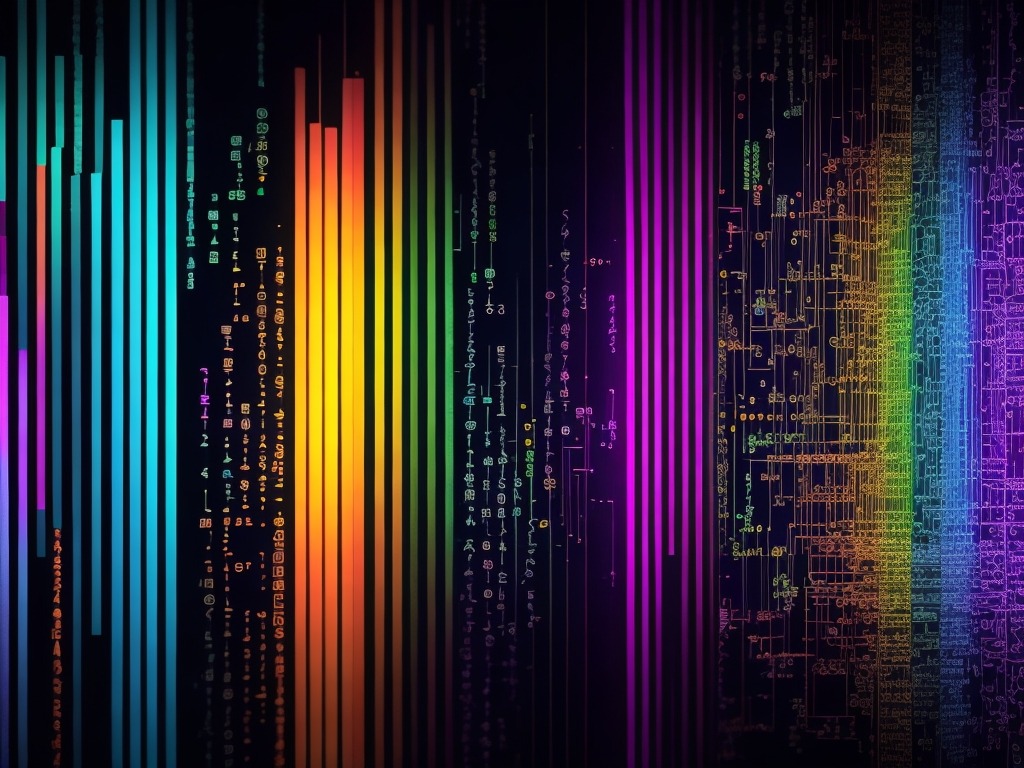
AI art refers to the use of artificial intelligence technologies to create or assist in the creation of artworks.
It requires both man and machine, starting with a thing called a "prompt", which is like the idea of what you want to create in the form of text, and then it is the job of the algorithm to figure out and send the output of the art.
These algorithms are trained on lots and lots of data from existing art, from which they analyze and then recreate things like patterns, colors, and styles.
And from that knowledge, the AI system generates new pieces of art that have both human creativity and computational power.
In the process of analyzing and learning from the data, AI algorithms can see patterns and connections that we mere humans can't, and this ability opens up new possibilities not only for artistic exploration but for the creation of all things.
As Ginni Rometty, ex-chairman, president, and CEO of IBM, said: "Some people call this artificial intelligence, but the reality is this technology will enhance us. So instead of artificial intelligence, I think we’ll augment our intelligence."
2. Understanding the Technology
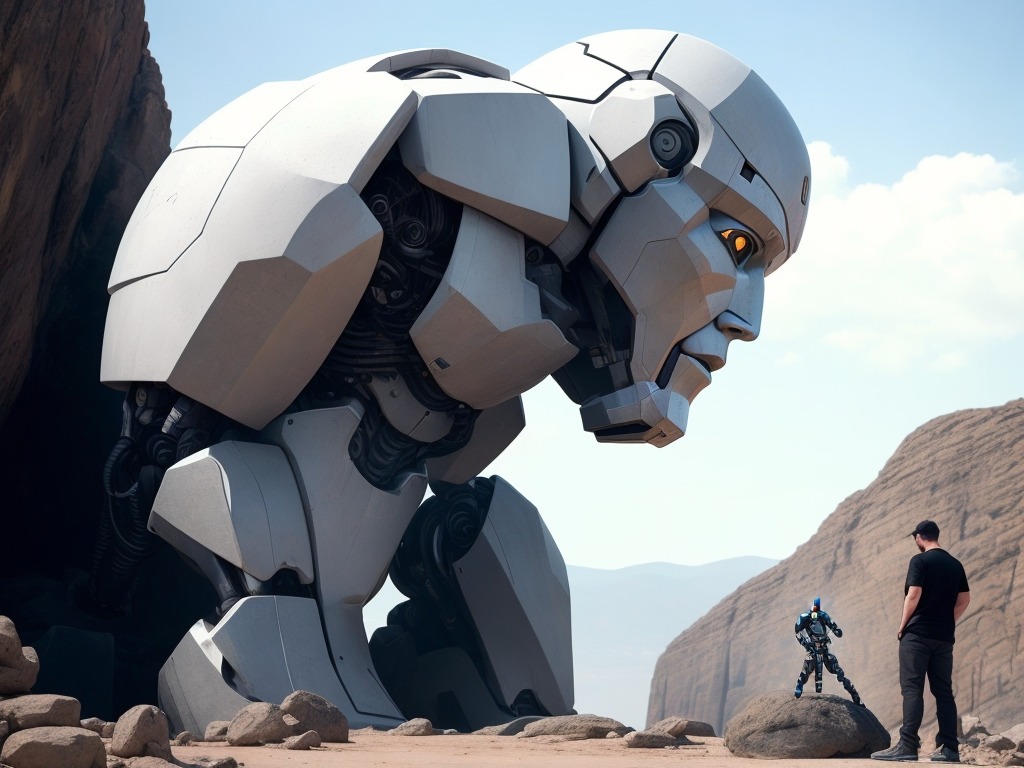
The purpose of AI art goes beyond aesthetic appeal; it is a unique type of tool in history that comes to challenge conventional artistic practices, raise questions about creativity, and debate the limits of what is technology and what is human expression.
AI art comes as fuel for the artistic fire, presenting a new way of doing the process and exploring what can be made.
How do Artists Use AI in their process?
It has already generated a lot of interest and spread its tentacles into many fields. All kinds of professionals who are part of a creative process seek the power of AI for inspiration and exploration.
It can generate website ideas for designers, a character concept for a game artist, or a completely original poem if you like. Most artists use AI tools to inspire and enhance their work, with the algorithms serving as a kind of unlock for the artist's mind.
You can already find pieces in museums, exhibitions, and galleries like the Dead End Gallery in Amsterdam, allowing a wider audience to see and experience the fusion of art and computation.
By combining human text input with AI algorithms, artists can test new styles and quickly experiment with different angles on the same idea, breaking away from the limitations of some traditional artistic approaches.
One of the major discussions that AI art also brings up is the issue of copyright, challenging our concept of authorship in the artwork and blurring the lines between human artist and machine.
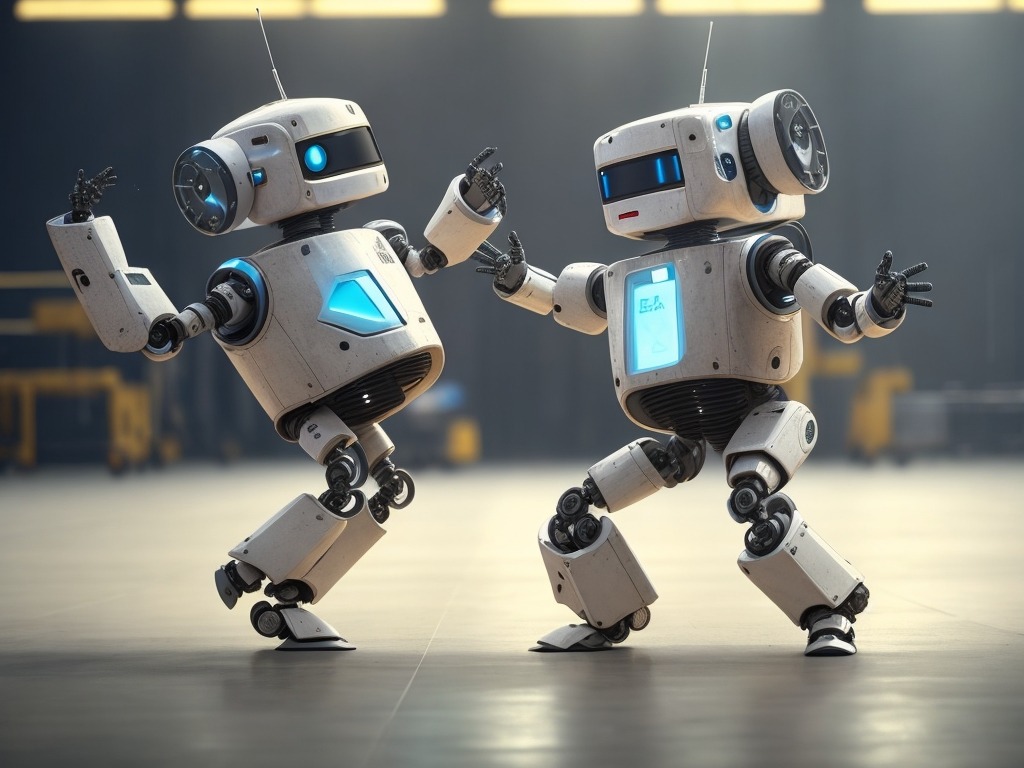
AI art has also made its mark in industries such as advertising, design, and entertainment.
Here, the technology is typically used as a facilitator for repetitive tasks or to aid in the ideation process, helping to create engaging experiences for consumers and leaving a lasting impression.
Unfortunately, due to its low cost, it is increasingly being used to replace artists, and many companies are already looking for this type of te
Other uses of AI Art
Beyond the pure artistic realm, AI art can be useful in many other ways:
- Architectural Visualization: AI can create 3D visualizations of many things, helping architects and urban planners showcase their concepts, generate interior designs and furniture layouts, and assist in creating virtual walkthroughs of real spaces.
- Historical and Cultural Preservation: AI tools can be trained to assist in the restoration and preservation of history, in this case in the form of art, artifacts, and heritage sites. They can assist in digital reconstructions, analyze any object that has deteriorated, and then help in the process of preserving it.
- Therapy and Mental Health: One interest and wonderful use is in art therapy, which helps individuals express themselves creatively, providing a source of inspiration and a means of self-expression for people struggling with mental health issues.
- Education: AI Art can be used in the educational environment to help students learn about different aspects of art, including styles, techniques, and art history. It provides interactive visual content and can even provide real-time feedback on students' work, regardless of what it is.
Machine Learning in AI Art
Machine learning is a subset of AI that plays a critical role in this technology. It enables algorithms to learn from large amounts of data and produce creative results.
AI can be trained on any art from any artistic movement, even emulating the brush strokes of famous painters or creating and combining styles to create new ones.
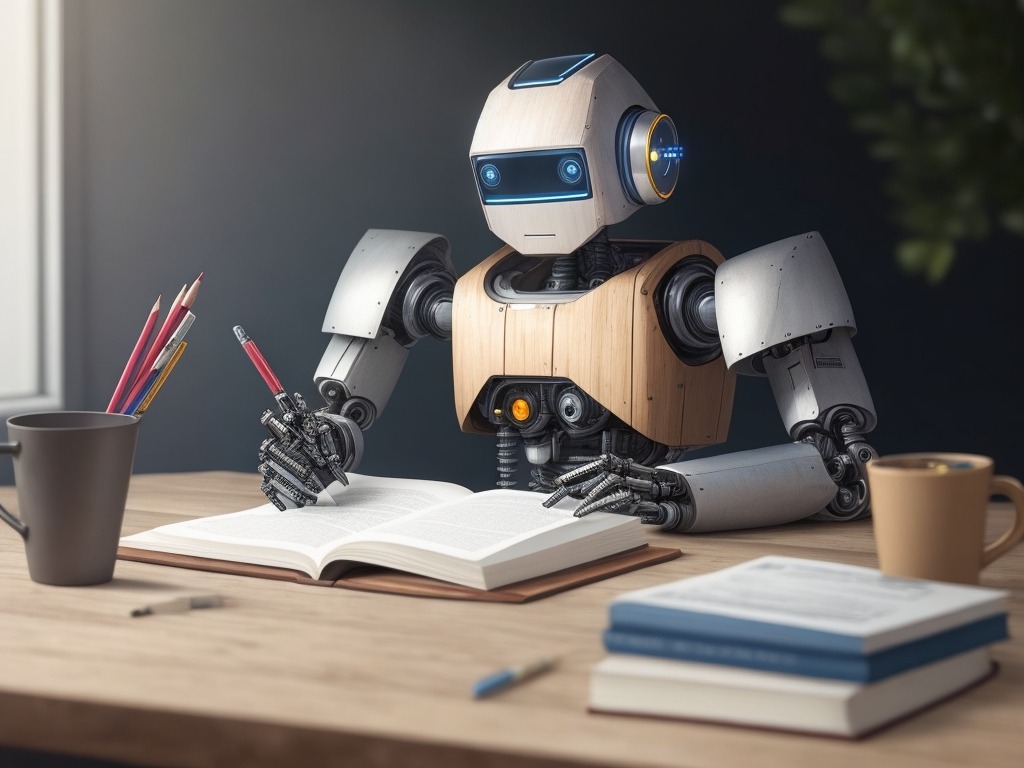
Through a process called training, the AI systems analyze the existing artwork and everything about it: colors, style, shadows, outlines, line weights, three-dimensionality, textures, and other patterns that we can't even see.
All this allows them to acquire knowledge, so that after receiving the ideas from us, they will use what are called models, which will allow them to generate a new piece of art!
Types of AI Models

The part of AI art machine learning responsible for interpreting the input (text prompt) and transforming it into the output (artwork) is the AI model. Here are some of the most popular ones and how they work:
1. Generative Adversarial Networks (GANs): GANs are often used in AI art generation. They consist of a generator and a discriminator neural network that compete with each other in a game-like environment.
While the discriminator tries to tell the difference between the generated samples and the real ones, the generator creates new art samples, such as new images or musical compositions.
Through this competitive process, the two networks continually evolve, producing increasingly compelling and realistic art.
2. Variational Autoencoders (VAEs): Another common class of AI models used to create art are VAEs.
They are based on neural networks that can learn to encode and decode complicated data, such as music or images.
By selecting pieces from the learned latent space, VAEs can create new works of art, resulting in a variety of inventive results.
3. Recurrent Neural Networks (RNNs): RNNs are well suited to the creation of creative forms, such as music and writing, because they are often used in the sequential process of data production.
RNNs process input sequentially, generating each new element while taking into account the context of the previous element.
They can create convincing and contextually appropriate art sequences by capturing temporal dependencies.
4. Deep Convolutional Neural Networks (CNNs): CNNs are excellent at creating and processing visual data, which makes them suitable for creating image-based art.
To extract valuable features from images, these networks use layered convolutional methods in a hierarchical fashion.
By learning from large datasets and creating detailed, aesthetically pleasing images, CNNs can create art.
3. What it Can Make?
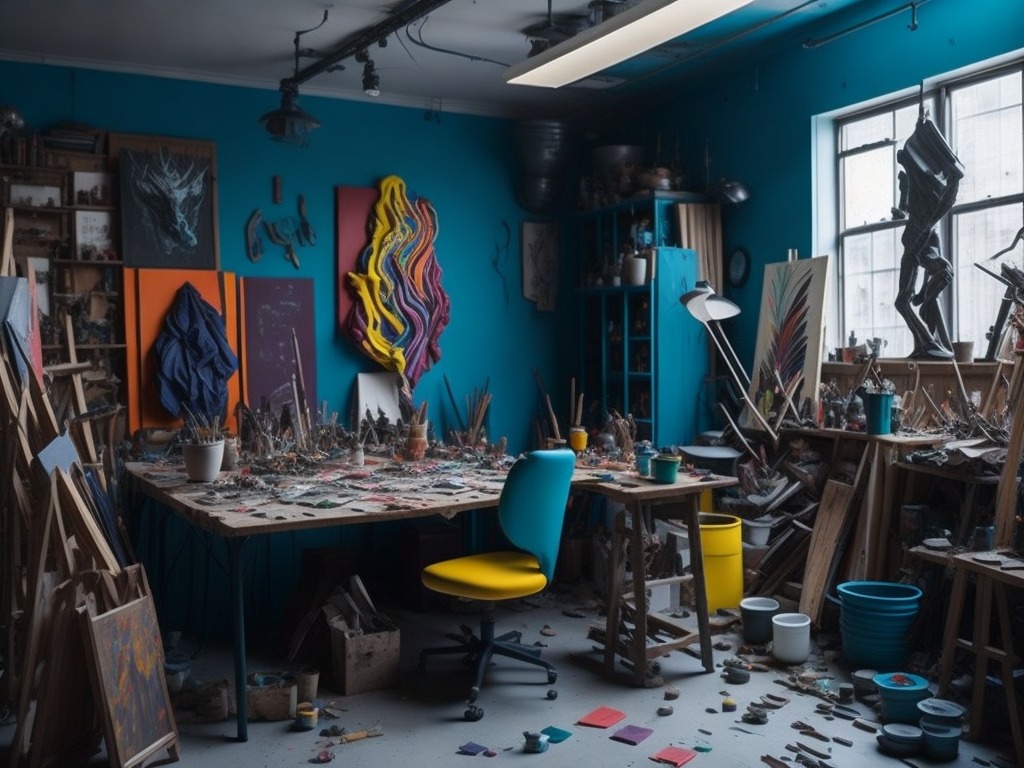
As was already said AI algorithms can be trained in a lot of different ways, but what kind of art can it make? Here are the best examples:
- Visual Art: Most of the AI art tools you can find are focused on the visual arts, such as painting in various styles like impressionism or cubism. They can also create illustrations for books, magazines, and other visual media. You can create realistic or stylized portraits and entire landscapes.
- Music and Audio: Ai can also compose original music in a variety of genres, including classical, jazz, rock, electronic, and more. It generates melodies, harmonies, and rhythms, creating entire compositions. It can create impressive synthetic voice-overs that can be original or based on a famous person or character!
- Literature: With a simple tool like ChatGPT, many stories and ideas can come to life, including poems and essays in different genres, mimicking the style of a famous author, or creating original content. It helps with inspiration by giving lists of ideas for plots, characters, and dialogue.
- Film and Video: One of the most fascinating and diverse uses of AI in the arts is to assist artists with video editing, scene segmentation, and visual quality enhancement. Some tools can help create special effects and computer-generated imagery (CGI) for movies, animation, and video games.
Main AI Art Tools
There are already many, many ways for us to play and experience, as you can see, but in the vastness of options, we have separated some of the best, most accessible, free, and easy-to-use tools:
DALL-E 2
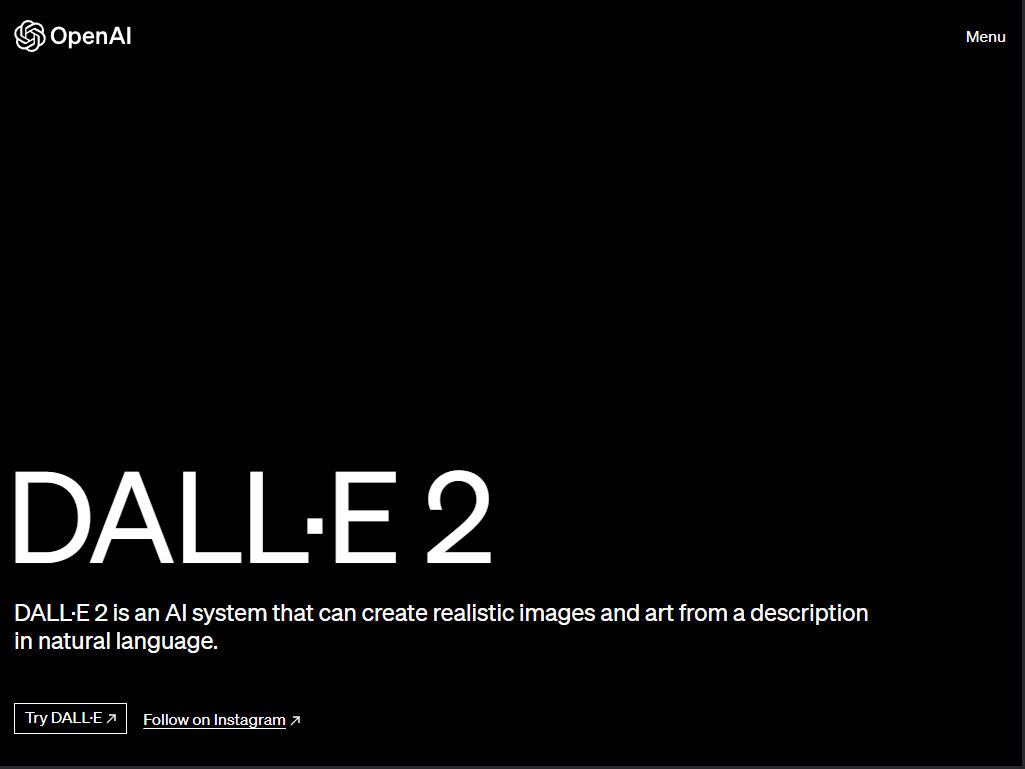
Part of the ChatGPT family, an outstanding AI art tool that generates realistic and high-resolution images from text prompts.
DALL-E 2 serves as the foundation for many AI art generators, providing a fluid creative experience through a friendly interface, a random prompt generator, and the ability to save and organize collections of generated art.
In addition, the beta version of DALL-E 2 allows users to modify uploaded photos, giving artists more creative freedom and the ability to customize the
Access Here.
Bing Image Creator
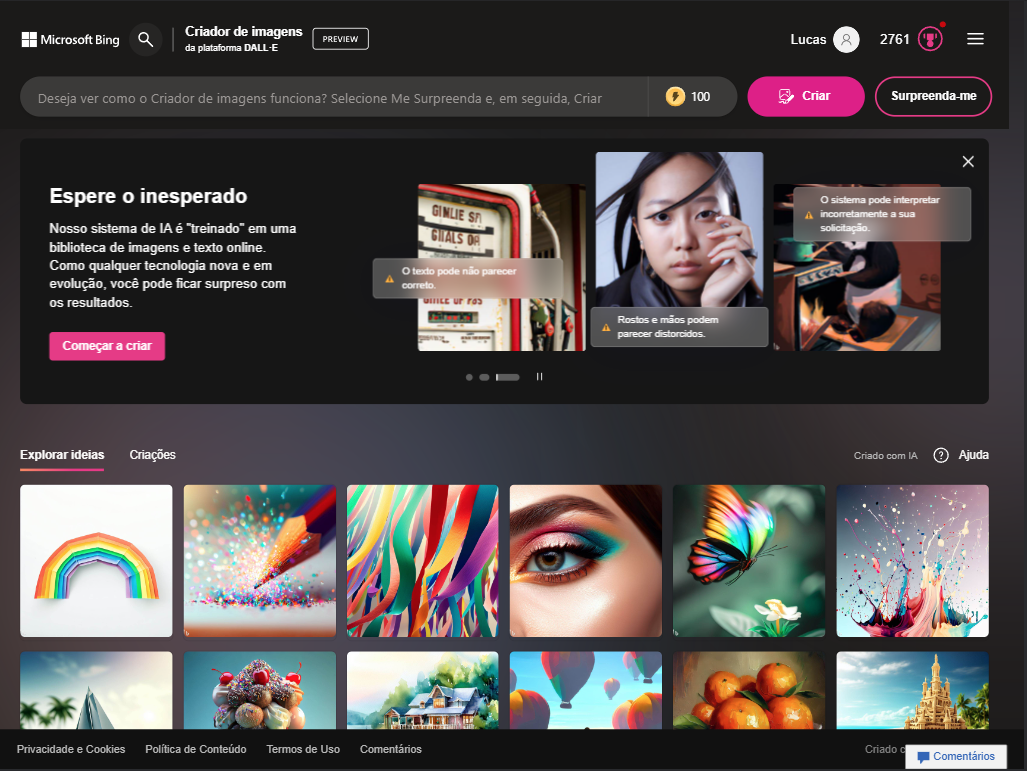
A free and simple AI art generator that uses DALL-E. This tool is probably one of the easiest-to-use AI art tools; it creates images through text commands and prompts.
Bing Image Creator's interface is simple and allows users to create 1:1 square images without watermarks, although it does require a Microsoft account.
The Surprise Me button offers ideas and prompts to stimulate the mind in those moments of "creative block" and motivate future projects, though it lacks some more sophisticated presets and editing features.
Access Here.
NightCafe
NightCafe combines a powerful art generator with a community focus, allowing users to create multiple images from a single prompt.
The community around the tool offers inspiration to others through its extensive search library of artwork produced by other users around the world.
In addition, NightCafe offers daily contests that encourage artists to use the AI art generator to compete for rewards.
Access Here.
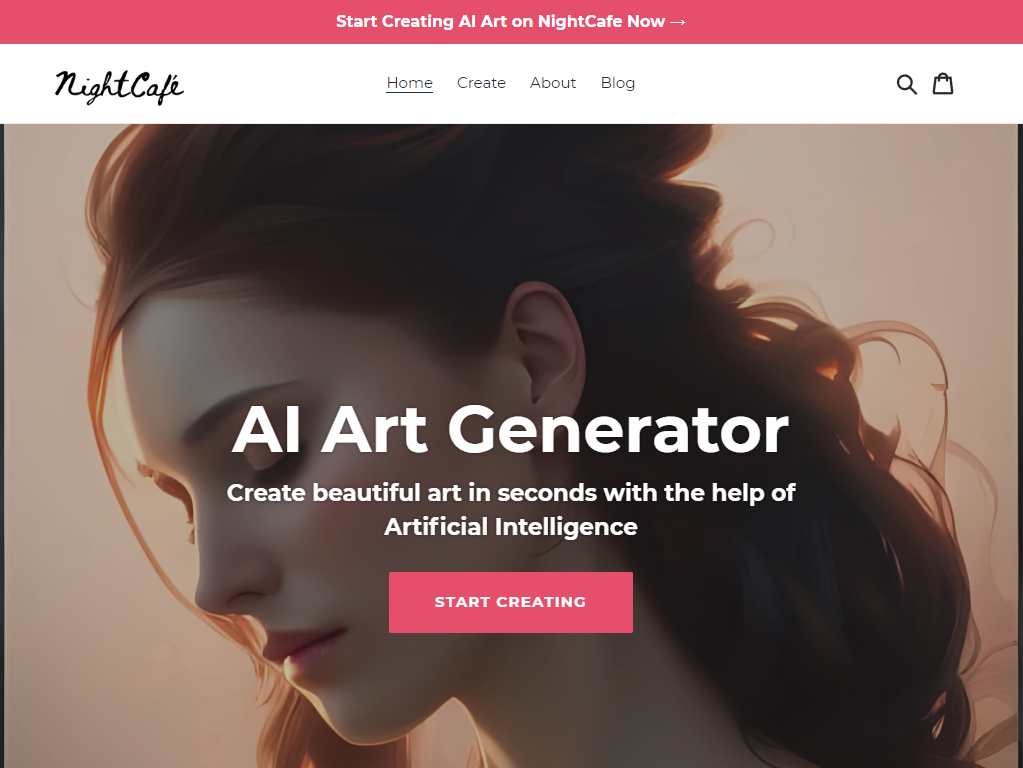
Leonardo.AI
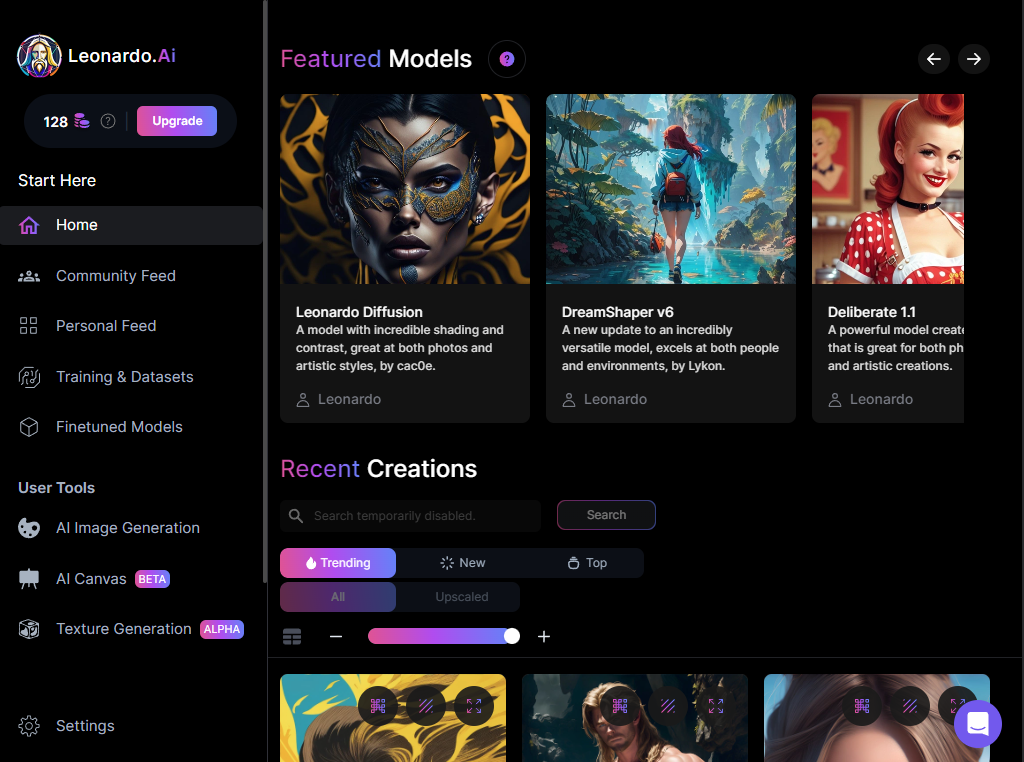
A tool dedicated to creating game assets, including textures, objects, and concept art.
It comes with different types of AI models that you can play with and test different results with, all accessible through the Leonardo Dashboard on their website, offers a queue-based sign-up process, and is completely free to use.
Leonardo.ai is a special one for this list because, in case you didn't notice, all the images in this article are generated by an ai, in this case, they were all generated by Leonardo.ai's own model "Leonardo Diffusion".
In addition, the platform offers a community feed where users can browse recently published and popular works for inspiration, highlighting the prompts that helped inspire them.
Access Here.
How Hard is to Use?
On the one hand, these tools usually offer a user-friendly interface with intuitive controls, making them very accessible to those without extensive technical skills.
In addition, the tools offer a wide range of presets, styles to choose from, customization, and "creativity enhancement" options to ease the user experience. However, there are some challenges to achieving complete control over the output.
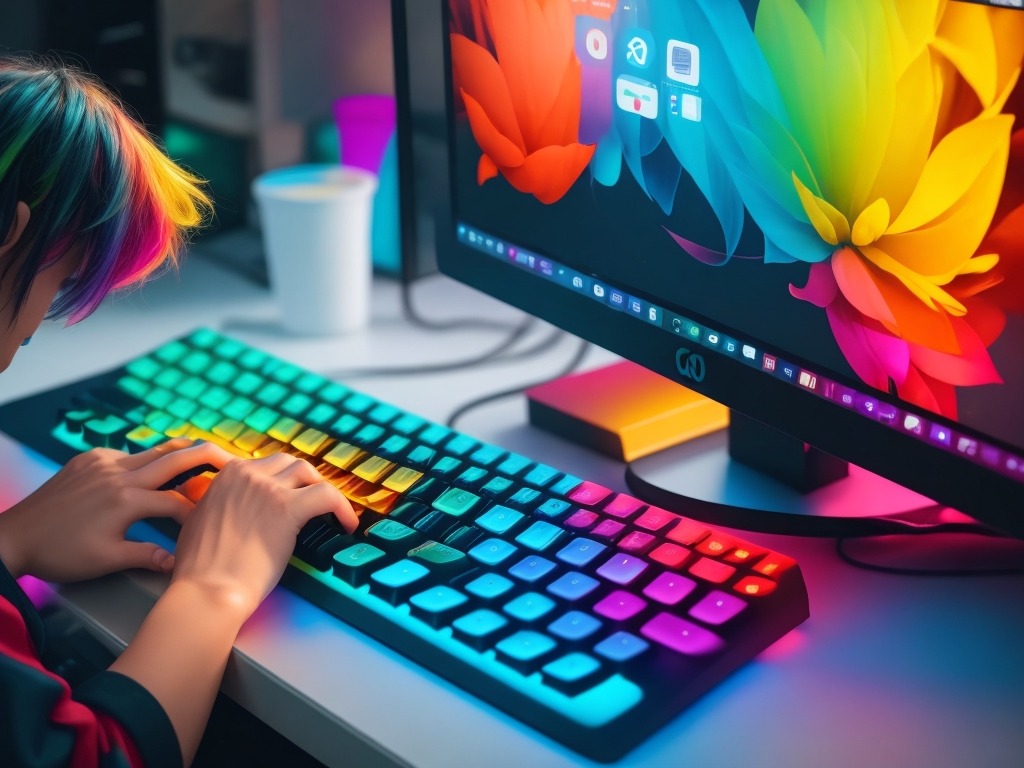
One of the main problems with AI art tools is that generating the desired image may require multiple iterations and experimenting with different prompts. Refining the details of the output is also quite difficult because many of the tools don't really let you choose what exactly to edit.
A great way to get the most out of this technology is to dive into "prompt engineering" tutorials. The name may be scary, but it's not hard; it's about getting better at writing your prompts, being more specific, and learning tricks and combinations for the best output.
It is important to know the limits of AI and how to use its maximum power.
AI art represents an impressive combination of our brain's creativity and the machine's intelligence, pushing the artist and the concept of art to their limits, challenging the usual process, and making us question and rethink the role of technology in all of this.
This article has given you an idea of the many possibilities of this tool, its purpose, and its use by the artist. It is a tool that not only helps in the creation of a work of art but also helps us in other ways, such as education and therapy.
Conclusion
With an understanding of some of the more technical things, like the role of machine learning and how some of the AI models work, I hope you feel a little less lost.
So, if I were you, I would dig deeper into some of the tools listed and try this technology out, dive into the prompts and let your imagination flow, write the first thing that comes to mind, and be amazed!
Post a comment